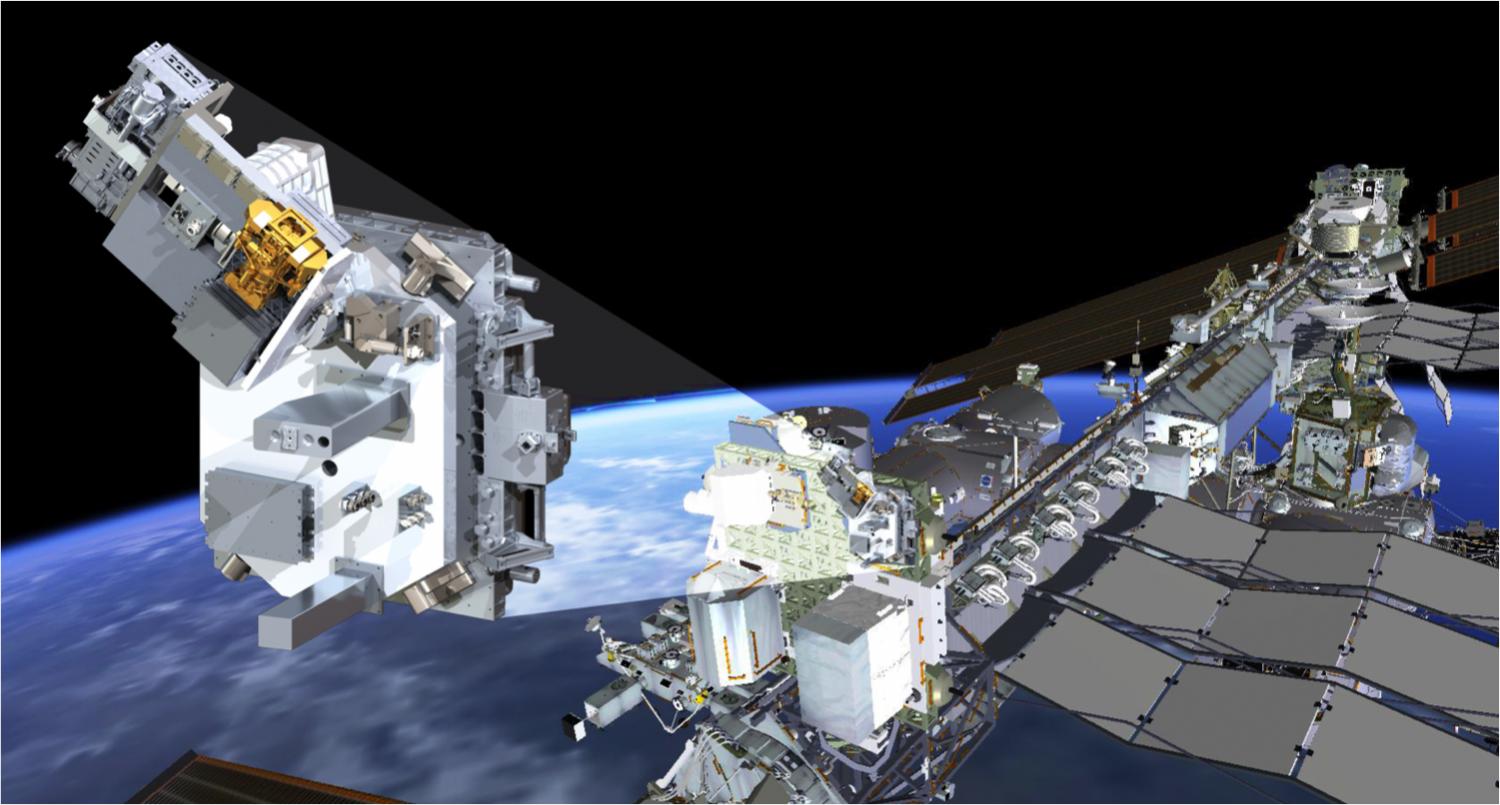
For more than four decades, scientists have been using various spaceborne instruments to continuously measure how much of the Sun’s energy reaches Earth’s atmosphere. This long-term measure of total solar irradiance (TSI), which the Laboratory for Atmospheric and Space Physics (LASP) has contributed to for more than 20 years, is the longest continuous climate record from space.
The Sun is by far the largest source of energy to Earth, so it understandably plays a major role in global climate. Precise and accurate observations are critical for the study of Earth’s radiation budget, the balance between incoming and outgoing solar energy, and our understanding of how the Sun influences the Earth system and global and regional climate.
“The only mission currently making those measurement on a daily basis, with the accuracy, precision, and stability required for complex climate studies, is the Total and Spectral Solar Irradiance Sensor (TSIS-1),” said Tom Woods, TSIS-1 principal investigator and a LASP senior research scientist.
TSIS-1 was launched in late 2017 and installed aboard the International Space Station (ISS). TSIS-1’s two instruments, the Spectral Irradiance Monitor (SIM) and the Total Irradiance Monitor (TIM), were both built by LASP, which also provides mission operations.
TIM measures the total amount of solar energy that reaches Earth’s atmosphere and SIM measures the distribution of that energy across different wavelengths of light, including ultraviolet, visible, and infrared, which is called spectral solar irradiance (SSI).
In the five years since the instruments were powered up in March 2018, the SIM has measured SSI in the visible spectrum with unprecedented accuracy—better than 0.2 percent, or within 99.8 percent of the true SSI values.
Such unprecedented accuracy led to the development of a new, high-accuracy, solar reference spectrum, called the TSIS-1 Hybrid Solar Reference Spectrum (HSRS), which, in 2022, was chosen as the new international standard for climate research.
“Although [the SIM] does not measure the full spectrum, it measures the vast majority of it at very high accuracy,” said Odele Coddington, a research scientist at LASP who led the team that developed the new reference spectrum. “That’s about 97 percent of the energy in the total solar irradiance.”
The TSIS-1 SIM has a level of certainty in its measurements that is an order-of-magnitude better than predecessor instruments. “What allowed the SIM to be designed to collect such high-accuracy data are the first-of-its-kind spectral radiometric calibration facilities at LASP,” said Coddington. “They weren’t in existence when previous instruments were launched.”
Coddington and colleagues recently published an updated version of the HSRS, which draws on other data sources and extends the reference spectrum to include more wavelengths through the far infrared.
According to NASA, an accurate solar reference spectrum is critical. Not only does it reduce uncertainty in determining Earth’s radiation balance, but, because it is often used to calibrate other sensors, it also plays an important role in climate monitoring and weather forecasting.
Following on the accomplishments of the first five years of TSIS-1 mission, the researchers are seeking to extend its mission so that it will overlap with the upcoming TSIS-2 mission during Solar Cycle 25.
“Extensions of the TSI and SSI climate records are key science accomplishments from the TSIS-1 mission,” Woods said. “For better understanding of long-term climate impacts, it is critical to extend the TSIS-1 mission in order for it to overlap with TSIS-2.”
TSIS-2, which will ride on a free-flying spacecraft, is scheduled to launch in 2025.
–Written by Sara Pratt, LASP Senior Communications Specialist
Founded a decade before NASA, the Laboratory for Atmospheric and Space Physics at the University of Colorado Boulder is on a mission to transform human understanding of the cosmos by pioneering new technologies and approaches to space science. LASP is the only academic research institute in the world to have sent instruments to every planet in our solar system. LASP will be celebrating its 75th anniversary beginning in April 2023.



